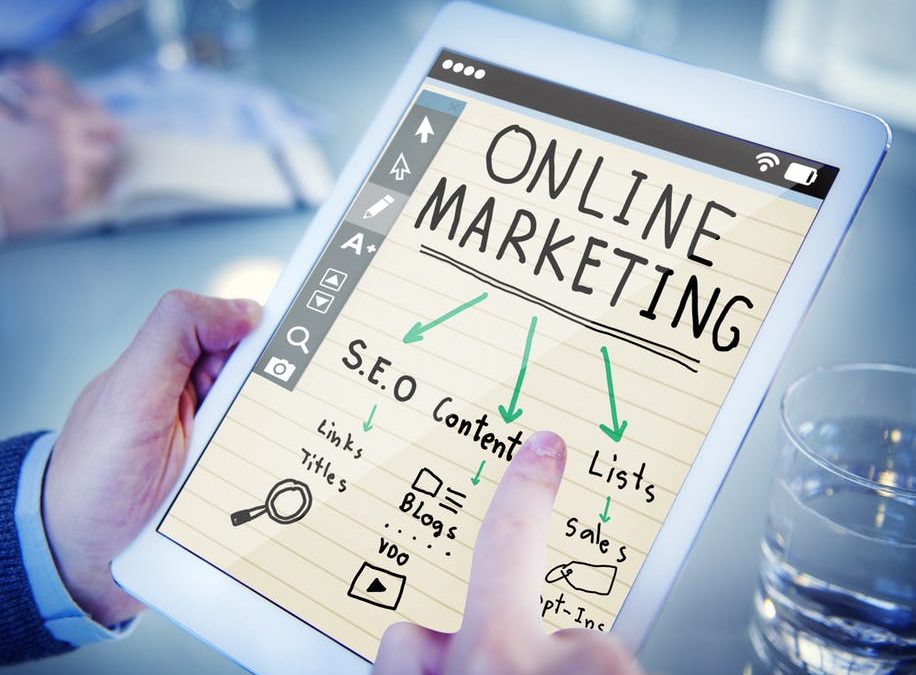
Getting More Traffic To Your Site, an Online Marketing Primer
One of the most frequently asked questions amongst online business owners is, “How do I get more TRAFFIC to my site?”. You might have the greatest business, best prices, friendliest customer service, but if no one can find your store, you won’t get any sales. It’s the same principle as if you had a restaurant. You can hire the best chefs, have the best ambiance, wait staff and ingredients but it’s in the middle of the Sahara Desert or the Island from LOST, I bet you’re not going to get much foot traffic going by or too many phone reservations. You want to be on the busiest street in town! Just having a storefront (physical or online) is only part 1/2 of the equation. An excellent website, with memorable branding, good prices etc… is a great start but the other (and arguably moreimportant) factor is getting a ton of people to your site so you can make sales! So it’s imperative that you promote your site and get as many visitors to see your products as possible. There are numerous strategies including Paid Search, Social Media and Search Engine Optimization. Let’s go through an overview of each type of marketing.
Paid Search
Pay-Per-Click advertising is an easy way to start getting traffic to a new website. The most widely used PPC services(in order of popularity) are Google Adwords, Yahoo Search Marketing, and MSN (Bing) AdCenter. The best part about Paid Search Advertising is that it is Non-Interruptive marketing. Most advertising (TV, Billboards, banner ads) interrupt the target and force them to look at an advertisement. The genius behind Paid Search is that you can put your ads in front of people who NEED your products or services by targeting a specific keyword, or phrase. Think of it this way… if someone searches for “improve my golf swing” the ads are all about books, videos and other training that sell the answer to that exact issue. There’s little guessing when you’re dealing with a search term submitted to a search engine like Google. The person “Googling” the keyword phrase, is looking for a solution to their problem or a cure for their pain and you can easily slip your marketing right in front of them when they are searching. It’s extremely effective and that’s why Google makes billions of dollars selling this advertising!
Social Media, Networking and Bookmarking
In the past couple years, a there have been books written about Social Media Marketing. It’s a very hot topic with the popularity of Facebook, Twitter, Foursquare, Google Buzz & Wave, LinkedIn, StumbleUpon, Del.icio.us, and thousands of others socially based websites. Social Media presents business owners with the opportunity to communicate and connect with prospects and current customers in a way that was never before possible. If you had a website that had golfing equipment, you can socially target golfers by searching their Twitter Tweets, Facebook Interests, and tons of other socially shared data. In the same way that paid search lets you almost get into your prospects head, SMM uses their submitted and public data to laser target your marketing to communities of like minded people all over the world. Facebook Pay-Per-Click is also something worth checking out since you can target people demographically with a ton of specificity. You can even target them based on what they “Like”, and more… check out this post written by Ed Dale (a BRILLIANT marketer): Facebook Bombshell. Like I mentioned earlier, the strategies, psychology and specific plan for each Social Media site could fill a wing of a library. If anyone out there wants more info about Social Media Marketing, leave a comment below.
Search Engine Optimization
SEO is a fundamental source of traffic. The difference between Paid Search and SEO is that SEO is based on 100’s of variable that the Search Engines use to organically rank the results of a keyword search. The more “relevant” your website is for the particular search term, the higher in the results it will show up. The actual, specific algorithm that Google, Yahoo and Bing use is a mystery but there have been thousands of marketers that have broken through and figured out what counts and what doesn’t. There 2 types of SEO: On-Site and Off-Site. On-Site SEO includes the content, linking, structure and code on your website. Off-Site SEO includes the sites that are linking from other places on the web to your site. The most important part of SEO is a strong inbound linking strategy. Yahoo recently wrote a nice overview of how to get inbound links, here. Basically, you can go out to forums, blogs, article sites and social networking/bookmarking sites and post links to your site. The other way is to get links naturally by posting EXCELLENT content to your site and getting links from bloggers and other sources. On the web, content is KING.
Conclusion
The final lesson for this post is that none of these strategies work without an overwhelming dedication to promoting your business online. Put yourself out there, and tell everyone to tell everyone else about your idea and make it spread. One of our friends, Mike who owns SuteArrival.com, is a great example of this eCommerce entrepreneurial passion. He’s always tweeting, status updating and promoting his website. He learned from some of the greats like Tony Hsieh from Zappos.com, and Gary Vaynerchuk who are incredible marketers who everyone should follow and study as well. So with that overview complete, make sure that you keep learning more about traffic generation and studying the new trends in these areas. What would you like to know more about specifically? If you have any questions and would like more information about marketing your website, leave a comment below! I would be more than happy to dive into any topic above in more detail. Or give us a call 1-888-335-2747!

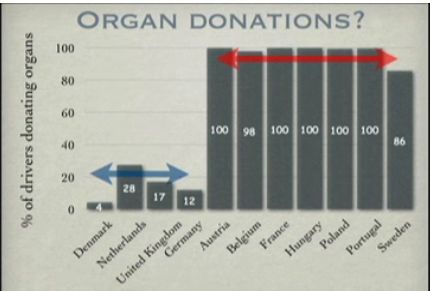
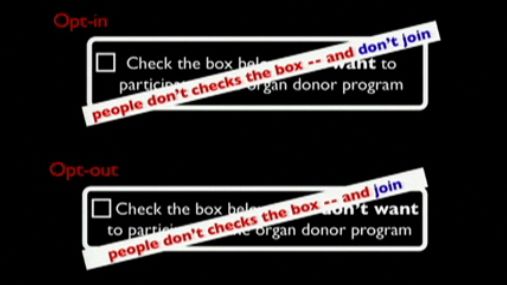
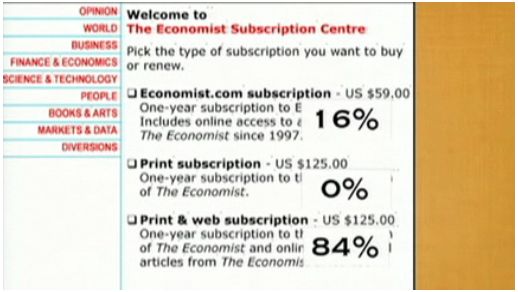
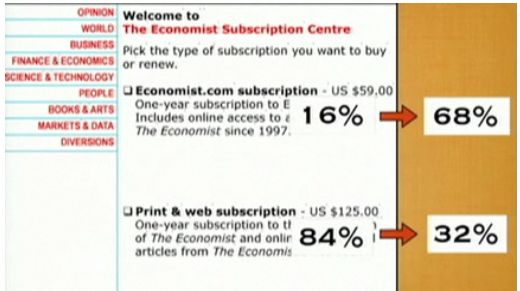
Recent Comments